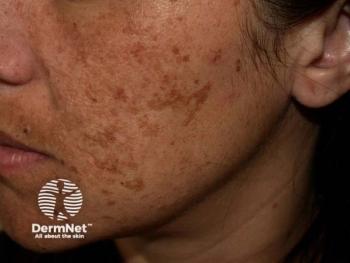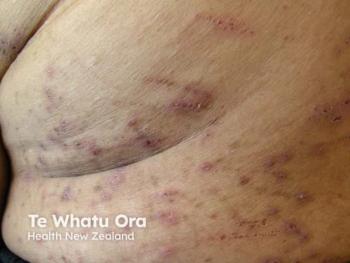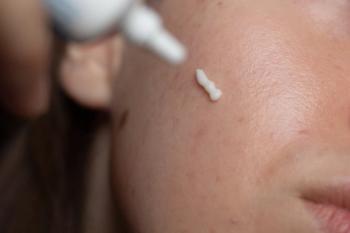
Henry W. Lim, MD, on World Skin Health Day's Global Push for Prioritizing Dermatology
World Skin Health Day unites global dermatology leaders to enhance skin health awareness, access, and equity in underserved communities worldwide.
On July 8, 2025, dermatology professionals, advocacy groups, and community leaders across the world united for
Henry W. Lim, MD, president of the International League of Dermatological Societies (ILDS), sat down with Dermatology Times to speak about the global impact and growing momentum of this day. Lim shared insights into the program’s recent successes, its alignment with the World Health Assembly's landmark resolution, and his vision for how World Skin Health Day will continue to elevate dermatology.
DT: Can you give an overview of the World Skin Health Day initiative?
Lim: Essentially, this is a joint project between ILDS and the International Society of Dermatology (ISD). In the past, it has gone on different times of the year. But this year, for the first time, we decided to focus it on one single day, which is July 8. Some organizations extend that for a week, some of them do it on that particular day. And it has been a very successful event. The purpose of this event, World Skin Health Day, is to highlight the importance and burden of skin diseases. The approach that we have taken is to offer and provide skin health, skin care, and dermatological care in the areas that are underserved by dermatologists and by dermatology. So, depending on the country, that comes in different locations. But the general purpose is the same. The local program sends a team to provide skin care and skin health education in different areas with the purpose of increasing the visibility of dermatology and for people to recognize the importance of dermatology and skin health.
The process that we did this year is that we sent out the call for projects to come in, and then we have a team within ILDS and ISD that rigorously reviewed those projects. We got over 200 applications, and of that, we selected 9 projects in different parts of the world. We looked at essentially the merit of the project to make sure it is consistent with what we want to achieve, but also to make sure that it is geographically distributed around the world. And that's the reason that we have projects in Africa, Asia, the US, and so on so forth. And it has been very successful, especially reaching millions of people on social media. This is the most successful event that we have had this year as compared to previous years, and it will continue to go on. The importance of this actually ties in very, very well with the World Health Assembly resolution that was recently passed. It was a two-year effort led by ILDS, as well as
DT: What are the most meaningful takeaways or momentum generated by this year's global World Skin Health Day efforts?
Lim: I think the fact that we got so much attention and interest on social media. I know, having spoken to some of the local dermatologists, we need to continue to tie this into the activities that ILDS and ISD are doing, as well as the resolution that had been recently passed. So I think this all can tie in together to continue to elevate the status and the awareness of the world of dermatology, not only in the academic world, not only in the societies, but also among the public, among the patients, among the policy makers, and among the World Health Assembly.
DT: How do you envision the role of both World Skin Health Day and dermatology as a specialty shifting or expanding in the next 5 to 10 years?
Lim: I think we will continue to refine this. This year, we have developed a model that is quite successful, to call for applications, to review them very, very critically, and then to make sure that the project is repeated worldwide, and then to have one single day as the focus. And I think that model works very well. So for now, for the next few years, that's what we will continue to do. But these would be integrated. This activity would be integrated into the implementation plan for the resolution that I had just mentioned. And this is one of the components that we can use to continue to let the world know the importance of skin disease. This has been very effective and we will continue to do that.
The other important part that I want to highlight also is that these activities generate interest among our industry partners. This is quite important because we cannot do it alone. We need industry partners to work with us, not only for their support, but also for their outreach. So it would enhance the impact of these activities for dermatology. So that model will continue. CeraVe is the major sponsor this year, and other companies have also expressed interest in World Skin Health Day. I feel very strongly that the combination and the interaction between societies such as ILDS, patient support groups like Global Skin, and industry partners should be maintained and enhanced in many of our activities and projects with ILDS. We work closely using that principle.
DT: Is there anything else you’d like to share with our audience of clinicians?
Lim: The critical mission of ILDS is to provide skin health for the world, essentially. So this is one aspect of it. Letting the underserved community have access to dermatologic care is a very important component of that. We work with the local governmental structures there, with broker organizations. So that is something that we will continue to do and that is one of our most important missions.
[This transcript has been edited for length and clarity]
Newsletter
Like what you’re reading? Subscribe to Dermatology Times for weekly updates on therapies, innovations, and real-world practice tips.


















